Binoculars How They Work ?
Binoculars work by using a combination of lenses and prisms to magnify and focus light. The objective lenses at the front of the binoculars gather light and focus it onto the prisms, which then reflect the light and flip the image right-side up. The eyepiece lenses then magnify the image and allow the viewer to see a larger, clearer image. The focus can be adjusted by moving the eyepieces closer or further apart to match the distance between the viewer's eyes. The magnification power of binoculars is determined by the ratio of the objective lens diameter to the eyepiece lens diameter.
1、 Optics and lenses
"Binoculars how they work" can be explained through the principles of optics and lenses. Binoculars use two lenses to magnify distant objects and bring them closer to the viewer. The objective lens, located at the front of the binoculars, collects light and focuses it onto the eyepiece lens, which magnifies the image and presents it to the viewer's eyes.
The magnification power of binoculars is determined by the ratio of the focal length of the objective lens to the focal length of the eyepiece lens. The larger the objective lens, the more light it can collect, resulting in a brighter and clearer image. However, larger objective lenses also mean heavier and bulkier binoculars.
Modern binoculars also incorporate advanced technologies such as anti-reflective coatings, which reduce glare and improve image contrast, and image stabilization, which compensates for hand tremors and other movements to provide a steady image.
In recent years, there has been a growing interest in digital binoculars, which use digital sensors and processors to capture and enhance images. These binoculars can also record and store images and videos, making them popular among nature enthusiasts and birdwatchers.
Overall, binoculars are a simple yet effective tool that relies on the principles of optics and lenses to bring distant objects closer to the viewer. With advancements in technology, binoculars continue to evolve and improve, providing users with a better viewing experience.

2、 Prism systems
Prism systems are an essential component of binoculars that allow users to see distant objects with greater clarity and detail. These systems work by reflecting and refracting light, which helps to magnify the image and provide a clearer view.
The prism system in binoculars typically consists of two prisms, known as the Porro or roof prism, which are placed at a specific angle to each other. When light enters the binoculars, it passes through the objective lens, which collects and focuses the light onto the first prism. The prism then reflects the light at a 90-degree angle, which causes the image to appear upside down and reversed.
The light then passes through the second prism, which reflects the light again and corrects the orientation of the image. This process results in a clear and magnified image that is visible through the eyepiece.
Recent advancements in prism technology have led to the development of more compact and lightweight binoculars that are easier to carry and use. These advancements have also improved the quality of the image, making it possible to see even more detail and clarity.
Overall, the prism system is a critical component of binoculars that allows users to see distant objects with greater clarity and detail. As technology continues to advance, we can expect to see even more improvements in the design and functionality of binoculars.
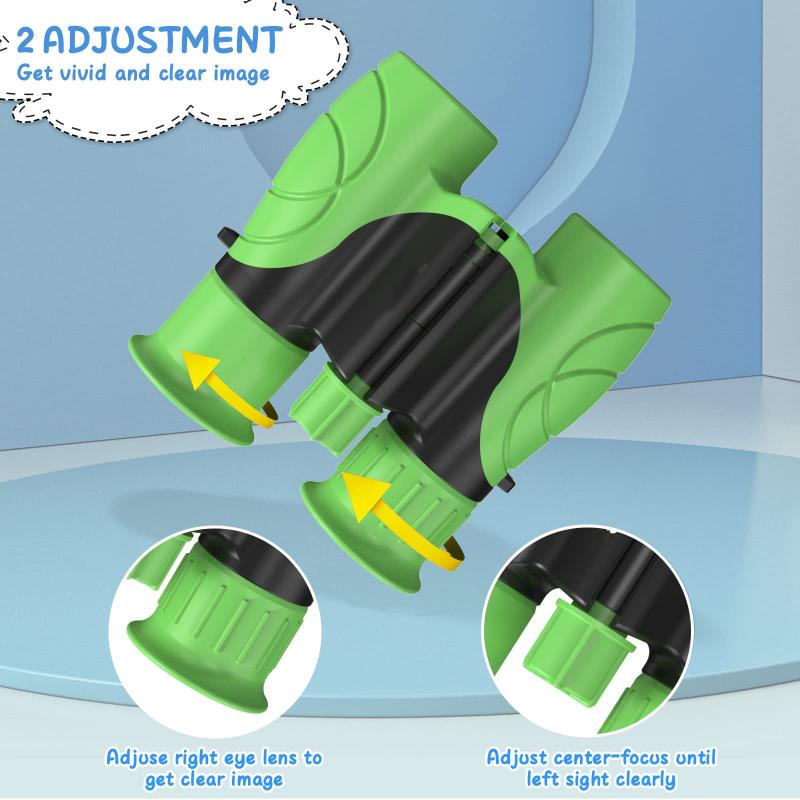
3、 Magnification and objective lens size
Magnification and objective lens size are the two main factors that determine how binoculars work. Magnification refers to the degree to which the image is enlarged, while objective lens size refers to the diameter of the front lenses that gather light. The combination of these two factors determines the level of detail and brightness of the image seen through the binoculars.
When light enters the objective lenses, it is focused and magnified by the eyepiece lenses, which are positioned at the opposite end of the binoculars. The eyepiece lenses work like a magnifying glass, enlarging the image and bringing it closer to the viewer's eyes. The larger the objective lens size and the higher the magnification, the more detail and brightness the viewer will see.
Recent advancements in binocular technology have led to the development of new coatings and materials that improve image quality and reduce glare. For example, anti-reflective coatings on the lenses can reduce the amount of light lost due to reflection, resulting in a brighter and clearer image. Additionally, new materials such as ED (extra-low dispersion) glass can reduce chromatic aberration, which is a distortion of colors that can occur in high-magnification binoculars.
Overall, binoculars work by gathering and magnifying light to provide a detailed and bright image of distant objects. The combination of magnification and objective lens size, along with advancements in technology, can greatly enhance the viewing experience.

4、 Focusing mechanisms
Focusing mechanisms are an essential component of binoculars that allow users to adjust the focus of the lenses to achieve a clear and sharp image. There are two main types of focusing mechanisms: central focusing and individual eyepiece focusing.
Central focusing involves adjusting both lenses simultaneously using a central knob or lever. This mechanism is commonly found in binoculars used for general purposes such as bird watching, hiking, and sports events. It is easy to use and allows for quick adjustments to the focus.
Individual eyepiece focusing, on the other hand, involves adjusting each eyepiece separately to achieve the desired focus. This mechanism is commonly found in high-end binoculars used for specialized purposes such as astronomy and marine observation. It allows for precise adjustments to the focus and can compensate for differences in vision between the user's eyes.
Recent advancements in technology have led to the development of autofocus binoculars, which use sensors and algorithms to automatically adjust the focus based on the distance of the object being viewed. These binoculars are particularly useful for fast-moving objects or when the user's hands are not steady.
In conclusion, focusing mechanisms are a crucial component of binoculars that allow users to achieve a clear and sharp image. The type of focusing mechanism used depends on the intended purpose of the binoculars, and recent advancements in technology have led to the development of autofocus binoculars that offer even greater convenience and precision.



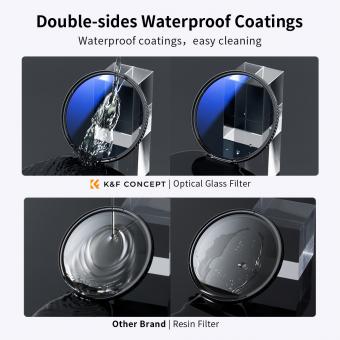



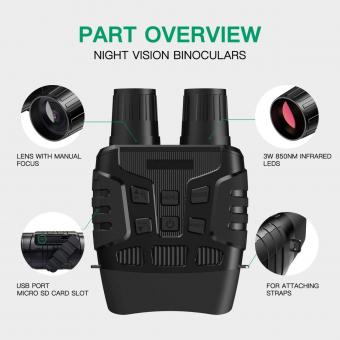






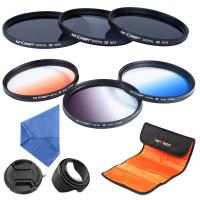

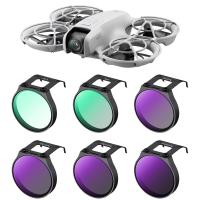
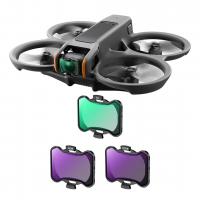





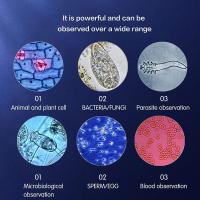


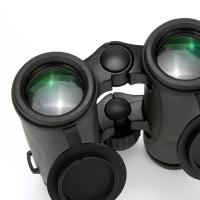




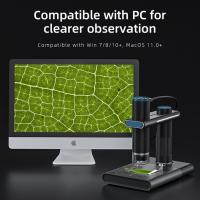
There are no comments for this blog.